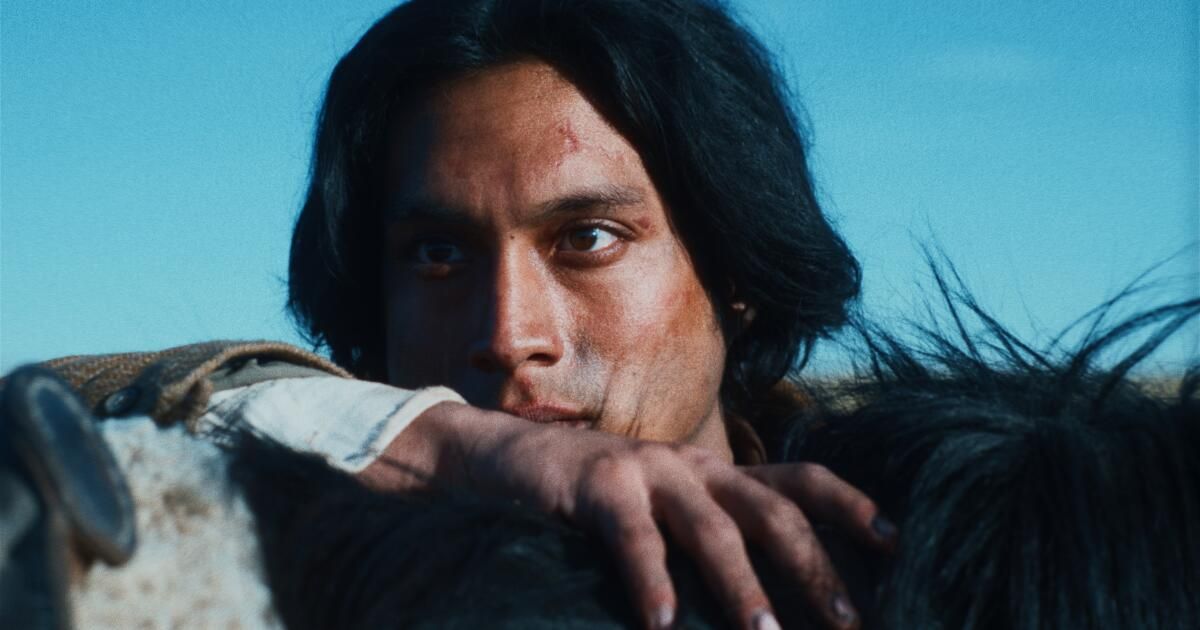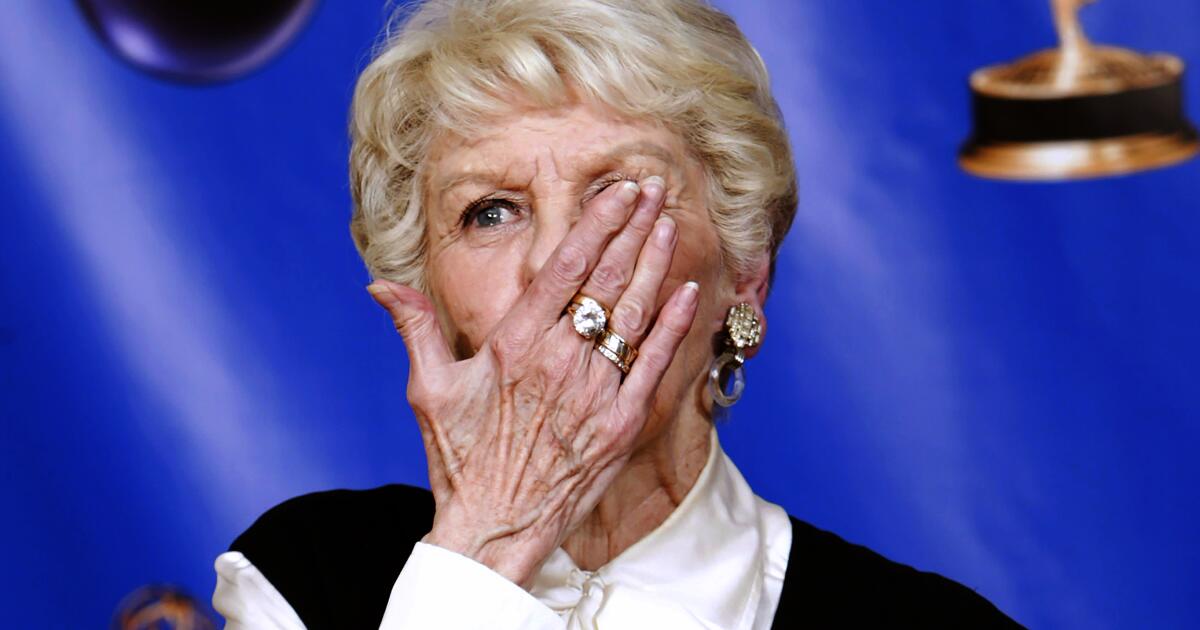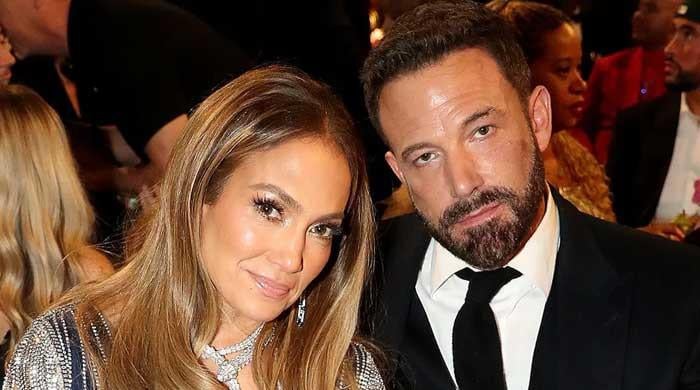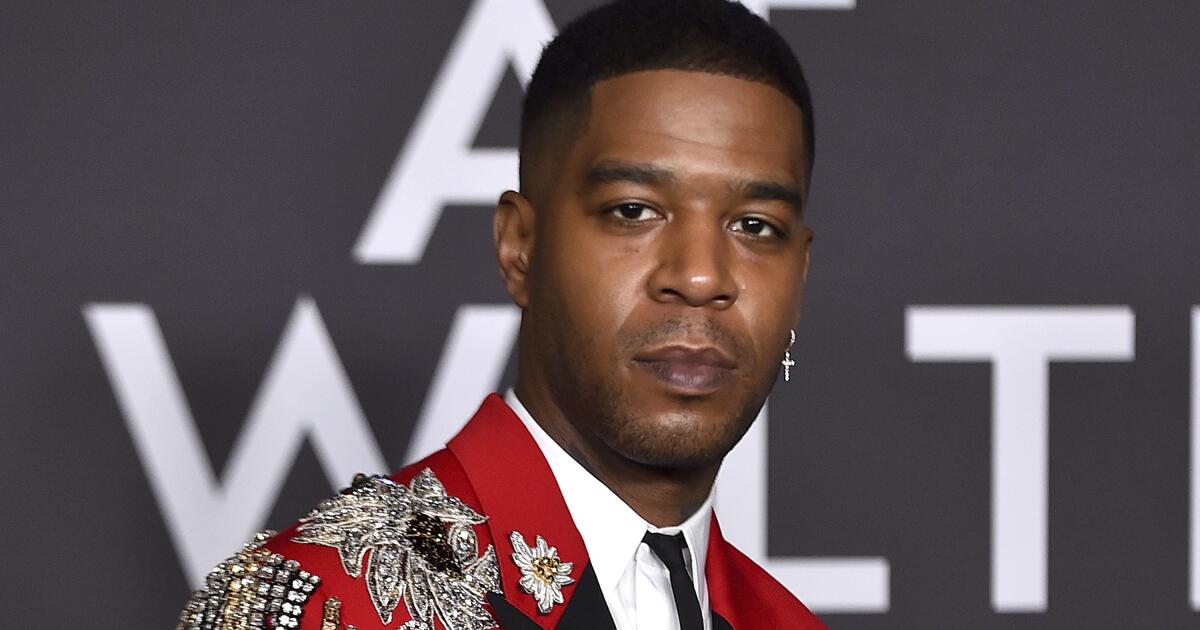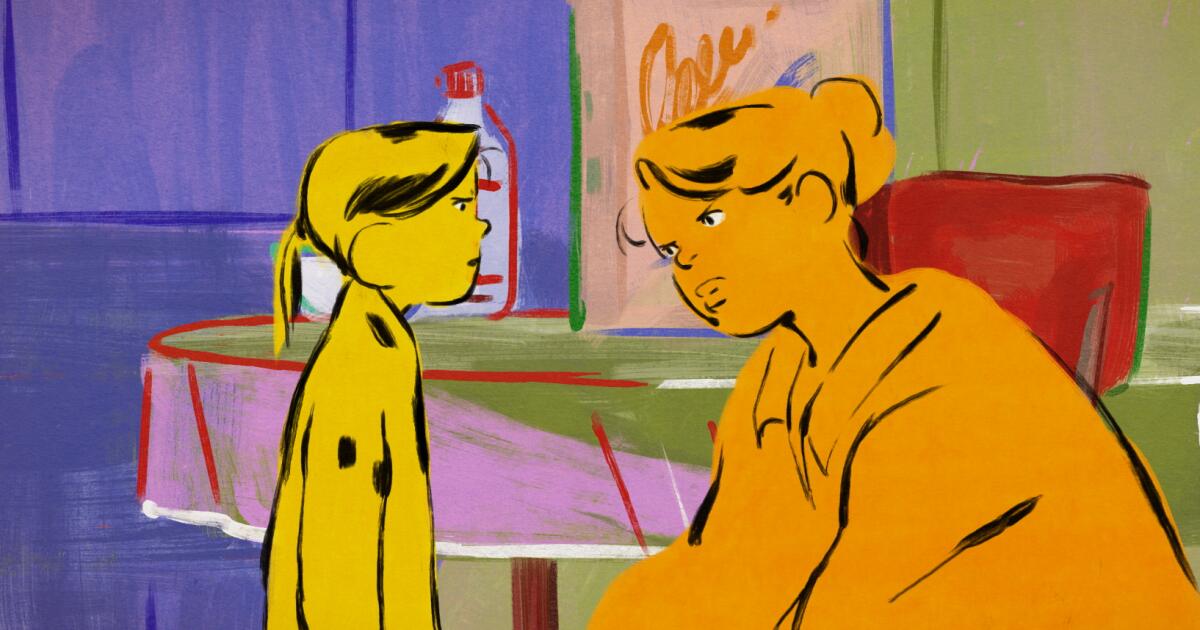Reality and fiction converge perfectly in Chilean director Felipe Gálvez Haberle's impressive first feature film, “The Settlers,” a revisionist Western that questions the tropes of this essentially American genre and, in turn, sheds light about a hidden genocide.
Set in 1901 in the inhospitable terrain of Tierra del Fuego in South America, the gruesome saga, which represented Chile at the Oscars this awards season in the best international film category, follows a trio of men from different backgrounds tasked with murdering to as many Selk' nam indigenous peoples as they find to clear the land for livestock.
The death squad includes Segundo (Camilo Arancibia), a mestizo Chilean who is half Mapuche and half white; English Lieutenant Alexander MacLennan (Mark Stanley); and a ruthless American cowboy named simply Bill (Benjamin Westfall). The first two were based on real people: MacLennan was a foreman for José Menéndez, the powerful Chilean landowner who ordered the murderous expedition, while Bill represents the men that the Menéndez family, still wealthy today, brought from abroad to work for they. .
“I did not try to make a film to speak on behalf of indigenous peoples, but rather to take a critical stance on the processes of colonization from the point of view of the white world or the world of mestizos, to talk about how history is written , how it can be rewritten and what role does cinema play,” said Gálvez Haberle in a recent interview.
Gálvez Haberle believes that the history of cinema is also stained with blood in terms of what has been represented, who and how it appears on the screen. “The Settlers” is his scathing attempt to use cinema itself to correct previously uncritical views of history.
We spoke to the director ahead of the film's premiere Friday in Los Angeles. The following interview has been translated and lightly edited for length and clarity.
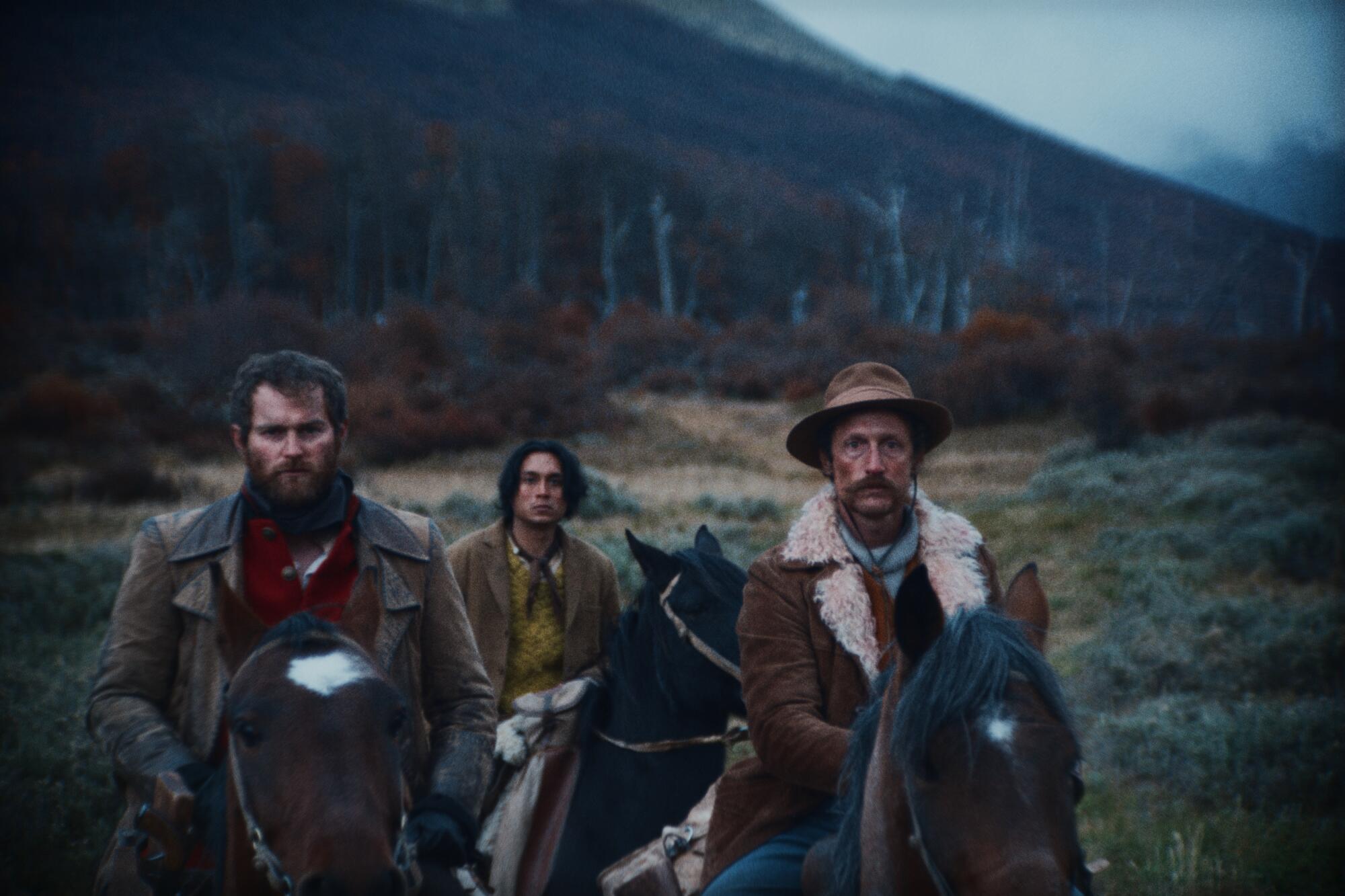
What did you find particularly compelling about this period, the early 20th century in Chile, to set your Western in?
What interested me was a photo of men posing with the bodies of Selk'nam indigenous people they have hunted, which I saw online in an independent Chilean publication. There were photos of this hidden genocide in Tierra del Fuego. That image was the one that captivated me. It prompted me to go investigate that page of Chile's history that had been erased. In Chile there are several pages that have been erased from history, but I was interested in going to a foundational one, from the beginning of the century, to create a reflection on what happens when stories are erased. Photos like this began circulating on the Internet about 15 years ago.
Tell me about Segundo and the particular role he plays in the film as someone of mixed race involved in the extermination of the indigenous Selk'nam people.
Second was based on a real person from the court cases of people who participated in the massacre. His name was Segundo Molina and he was from Chiloé. The Chilotes were the cheap labor of Tierra del Fuego, and I thought it was interesting to include a Chilean mestizo or mestizo.
It is between two worlds, the old world that MacLennan represents and the new world that Bill represents. I thought a lot about this mentor idea. There are two mentors here. Second is a character who finds himself between two paths. The white characters have similarities to the father he never knew. His white father probably did similar things. Segundo's birth is not the product of a love story.
Second is conflicted about what he is doing, but we have to understand that indigenous nations also fought among themselves. He is not killing his people; he is killing people from another indigenous nation. And yet, he still feels that he is betraying himself.
What remains of Selk'nam culture today? Are there efforts in Chile to recognize what happened to them?
The language practically disappeared. What remains are mestizo or half-breed descendants of the Selk'nam, but as a people, they were completely slaughtered. In Chile, the State finally recognized that it was a genocide only four months ago. And just two months ago, the Chilean government recognized that there are descendants of the Selk'nam people. Two months before this recognition they were declared extinct. At that time many were sent to islands where there were congregations of priests and they died there; others died in massacres. Those who survived did so because they left the island.
Is the genocide of the Selk'nam people a difficult topic to discuss in Chile today?
It is a taboo topic, but in the last seven years it has been explored further. Something that the film tries to express revolves around that common phrase that says that history is written by the victors. I would also say that history is written by whoever holds the camera. Sometimes filmmakers are also complicit in the elimination of certain things. For me, a key moment in the film is when the red-painted Selk'nam figure appears in the forest, which is part of one of his initiation rituals known as Hain.
That figure is very popular in Chile. It is used as the logo of a skate brand, on wine bottles, and you can see magnets of that figure at the airport. What I always question and what also prompted me to make the film, is how the Selk'nam people, and that image in particular, have been commodified until they become a Chilean souvenir, without first analyzing that a genocide was committed. The film's reflection is to show what happens when we erase history. In Chile this topic is not part of official history, it is not taught in schools, only people who are interested in the topic know about it.
It can be argued that American Westerns were propaganda that often turned the murder of indigenous people into a spectacle. Did this influence the way you depicted violence in your film?
I began to research the film by watching westerns and began to understand that the western is propaganda that justifies the idea of development. For me it was interesting to use all the rules of the Western genre to question it. I am always surprised when people say that my film is very violent or explicit, since there are many Westerns about massacres of indigenous people. However, there is a view that there is more violence in “The Settlers” than in many other westerns.
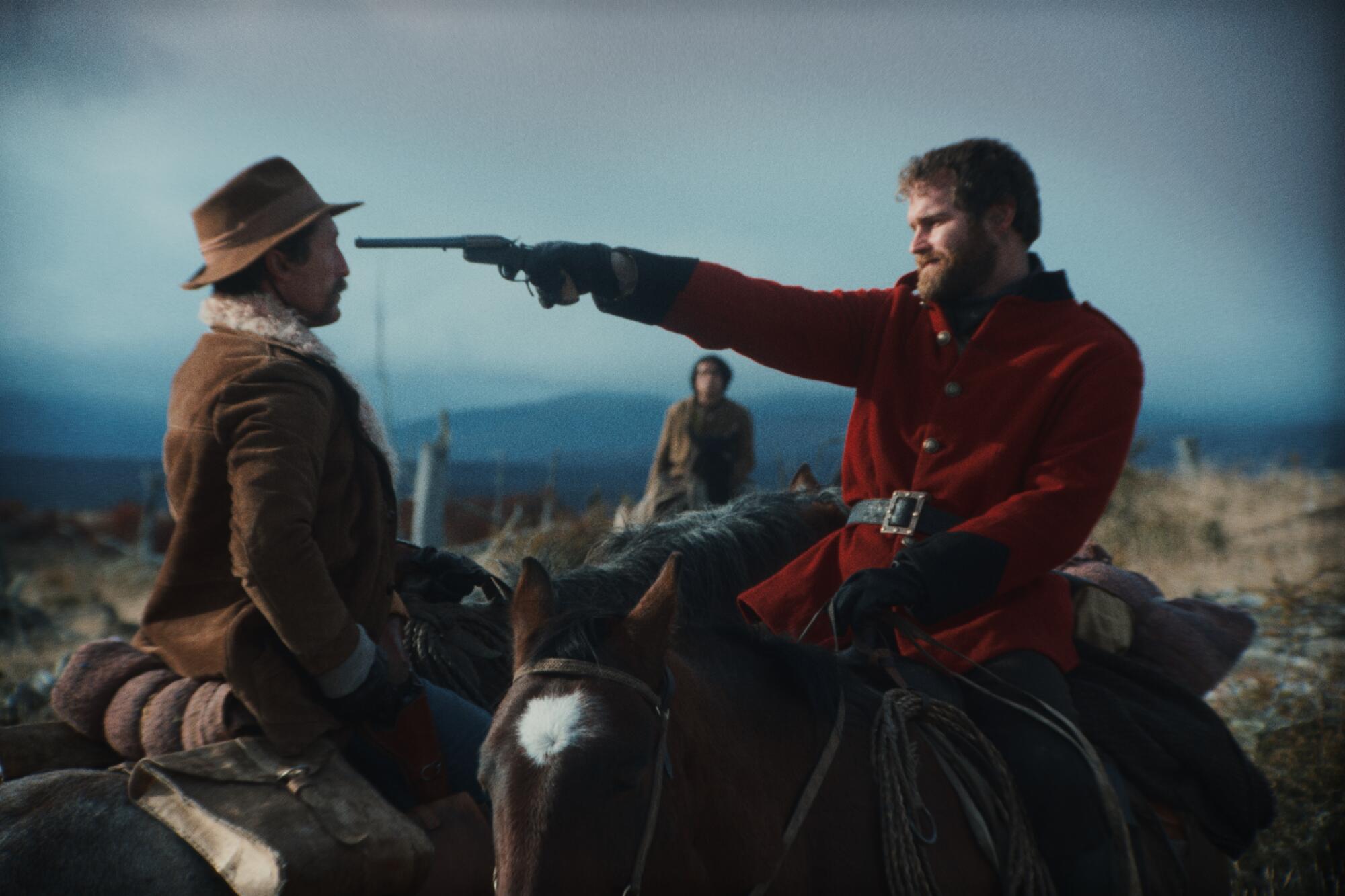
Maybe there is a certain effectiveness when it comes to showing violence in my film. I was an editor for 15 years before doing this, and I would like to think that “The Settlers” is written with some scenes that may have been written in those scripts for westerns back then and that the studios at that time did not allow in their films. In that sense, it is as if my film was made from deleted scenes or scraps from other films, scenes that did not make it into those other westerns, but that were surely part of those stories, such as rape, sex between men or the mutilation. of body parts.
We are now having important debates about colonization in Latin America, but we always focus on the initial arrival of the Spanish many centuries ago and not the colonization that continued to occur once sovereign nations were established.
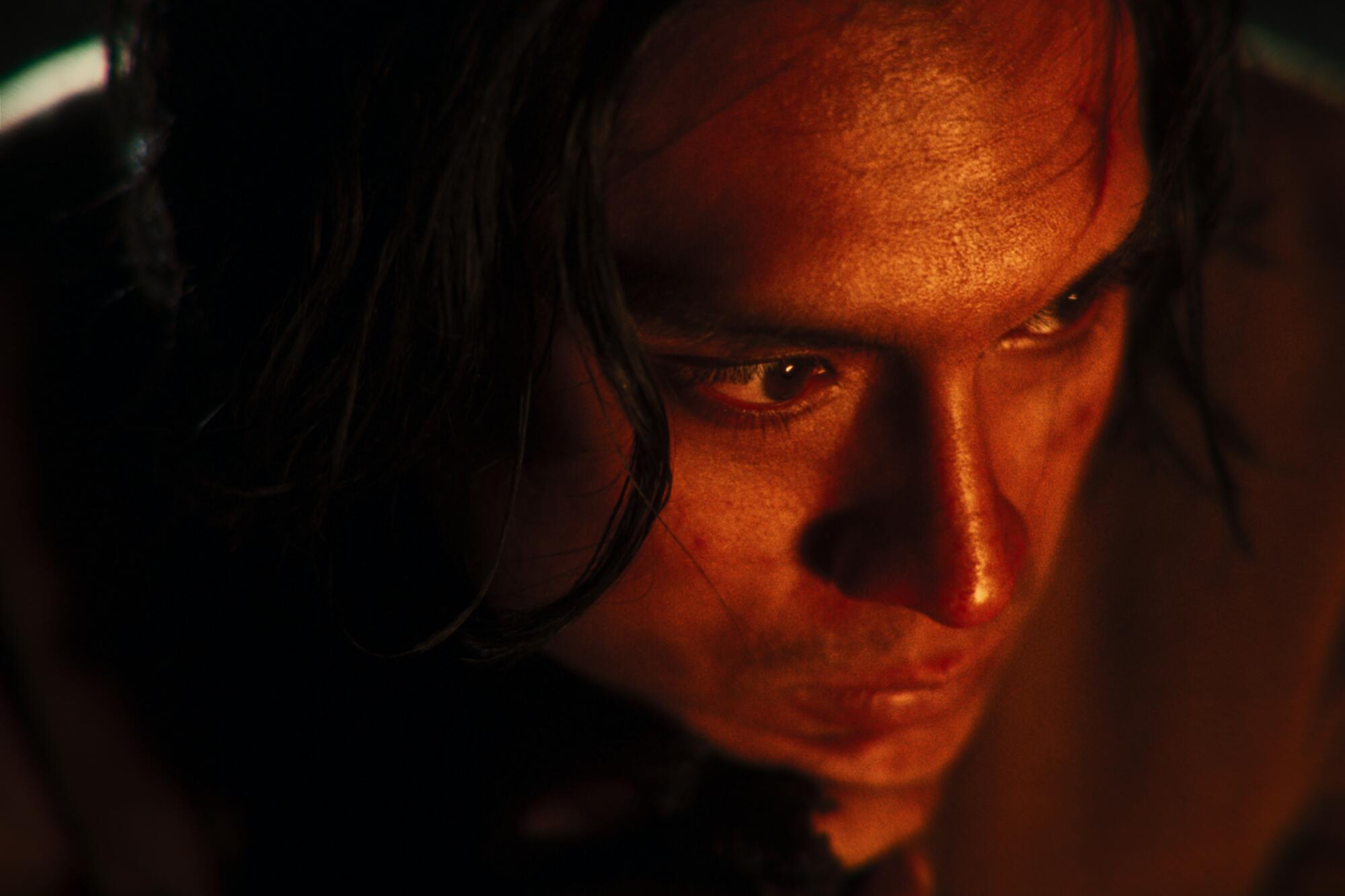
The story we are told in Latin America is that when the Spanish arrived, they killed the indigenous people, and then the people of Latin America fought for independence. That is the linear and official interpretation that we learn. But in reality in Latin America we live in ambiguity. We collectively recognize ourselves as victims of colonization, but we never tell the story of when we were colonizers. I was interested in telling the story of when these things happened under the Chilean State or the Argentine State, when indigenous peoples were still being killed and colonized under these new independent countries throughout Latin America.
That violence continues to occur today in the way that indigenous peoples are still discriminated against in numerous countries or do not have an equal voice before the law.
For example, when the new Chilean constitution was being drafted and was rejected a year ago, one of the reasons it was rejected was precisely that it was going to recognize indigenous peoples and declare Chile a multinational state. That generated the most pushback and that resonates with my film in terms of the violence that still exists against these groups. The first act of “The Settlers” is about physical violence, then in the second act there is verbal violence. We hear language that is extremely violent. And then the film is about systematic violence as the perpetrators think about how they will hide their actions. Curiously, many people say that the final scene is the most violent and perhaps it is because it is the closest to our present. That type of violence against indigenous people or those with indigenous characteristics could be happening today in a police station three blocks from my house or yours. And that is a universal problem.
Can cinema help recover the erased pages of history or at least question the repercussions of ignoring the past?
It is normal for cinema to try to talk about the erased pages of history. That's why there are films like Scorsese's latest, “The Flower Moon Killers.” The biggest comparison between that film and mine is the idea of working on these unspoken themes. There is a type of cinema interested in looking at chapters of history or themes that have been explored on multiple occasions, but now putting the camera in another place or from the point of view of a new character. You can tell the same story over and over again, but as you change your point of view, these previously erased perspectives emerge.

